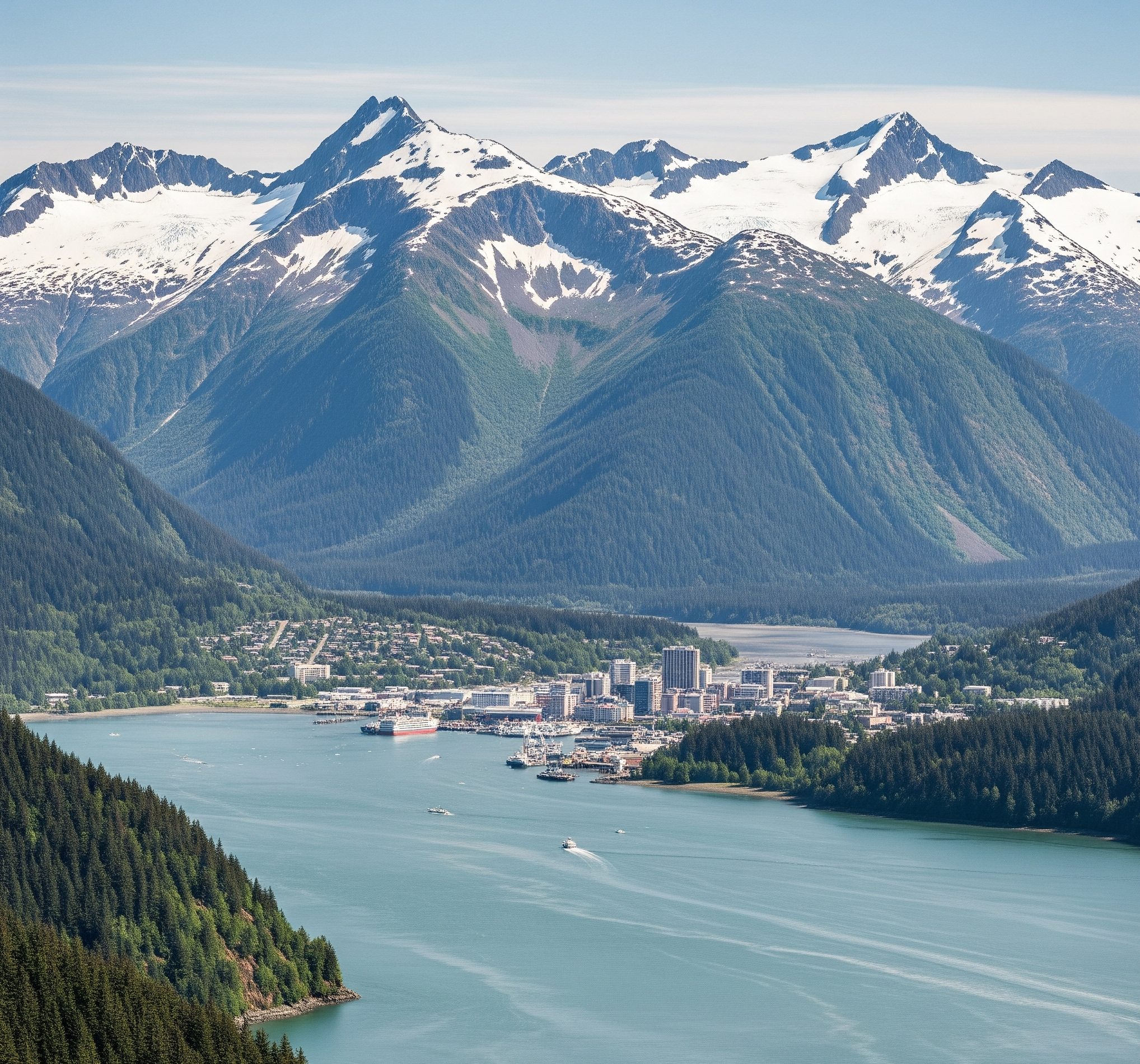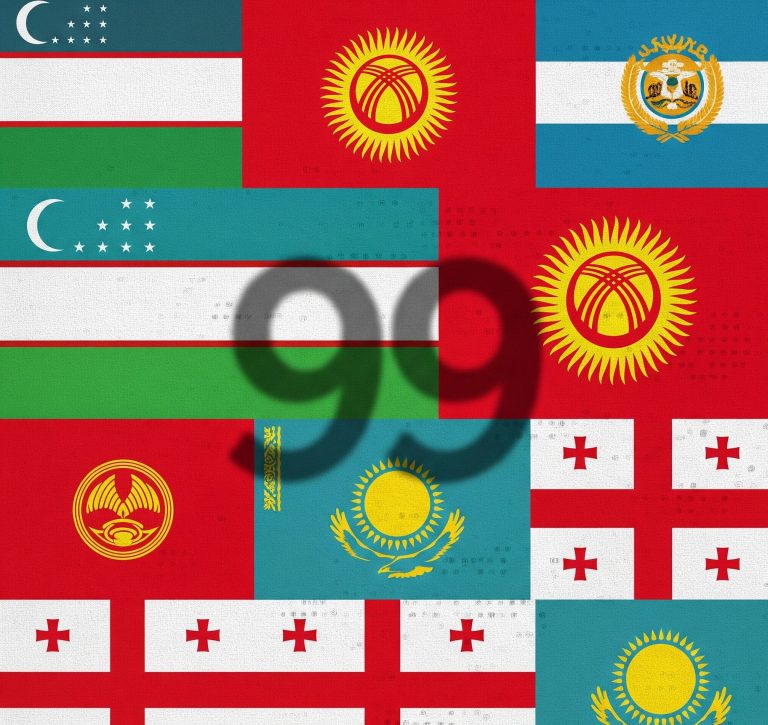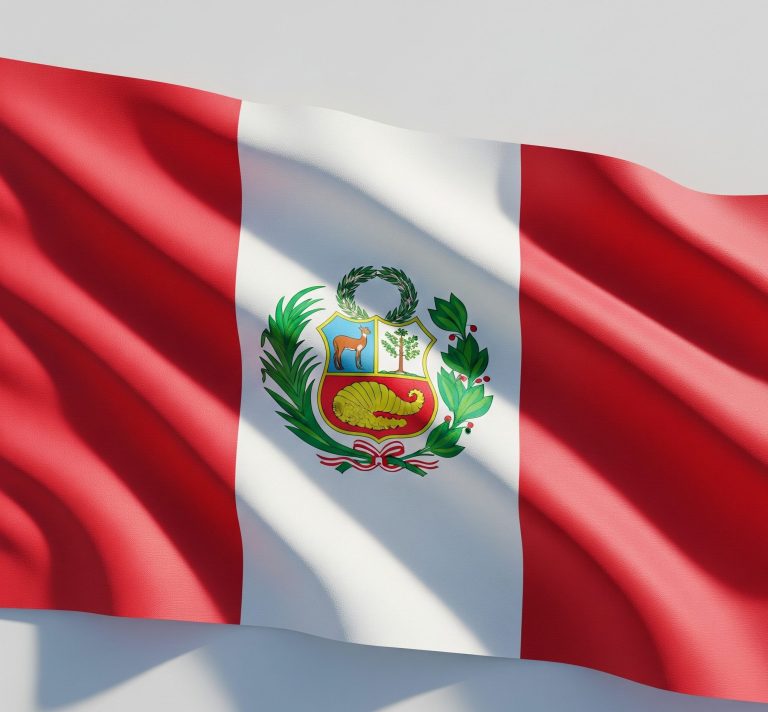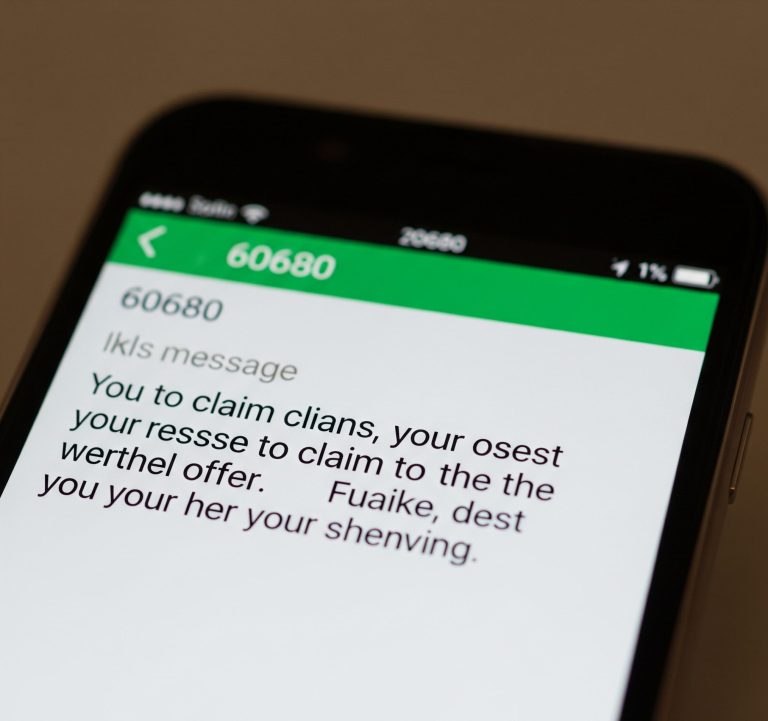In an era of ever-expanding digital communication, the three-digit area code remains a fundamental component of our national telephone system. From the iconic 212 of New York City to the sun-soaked 310 of Los Angeles, these codes instantly connect us to specific geographic locations. Recently, you may have heard whispers or seen online searches for the 796 area code. But what part of the country does it represent? The answer, as it turns out, is more complex than a simple pin on a map.
This article will demystify the 796 area code, clarify its current status within the North American Numbering Plan (NANP), and explain what it means when you encounter this numeric sequence.
Contents
Is There a 796 Area Code in the United States?
To put it directly, there is currently no designated 796 area code for any specific city or region in the United States. A search for this area code will not lead you to a particular state or metropolitan area. While the landscape of area codes is constantly evolving to meet the growing demand for new phone numbers, the 796 area code has not been assigned by the authorities that manage the nation’s telecommunications infrastructure.
So, if the 796 area code isn’t a recognized geographic locator, why are people searching for it? The answer lies in the subtle but crucial distinction between an area code and a central office code.
Understanding the Building Blocks of a Phone Number
Every ten-digit phone number in the United States is comprised of three parts: the area code, the central office code (or prefix), and the line number.
- Area Code (NPA): The first three digits of a phone number are the Numbering Plan Area (NPA) code, commonly known as the area code. This code narrows down the geographic location of the phone number to a specific region, such as a state, city, or a portion of a large metropolitan area.
- Central Office Code (NXX): The next three digits are the central office code, or NXX. This code identifies a specific telephone exchange or rate center within that area code. A single area code can have hundreds of different central office codes.
- Line Number: The final four digits are the subscriber’s unique line number within that central office.
This is where the “796” comes into play. While it is not an area code, “796” is actively used as a central office code in various area codes across the country.
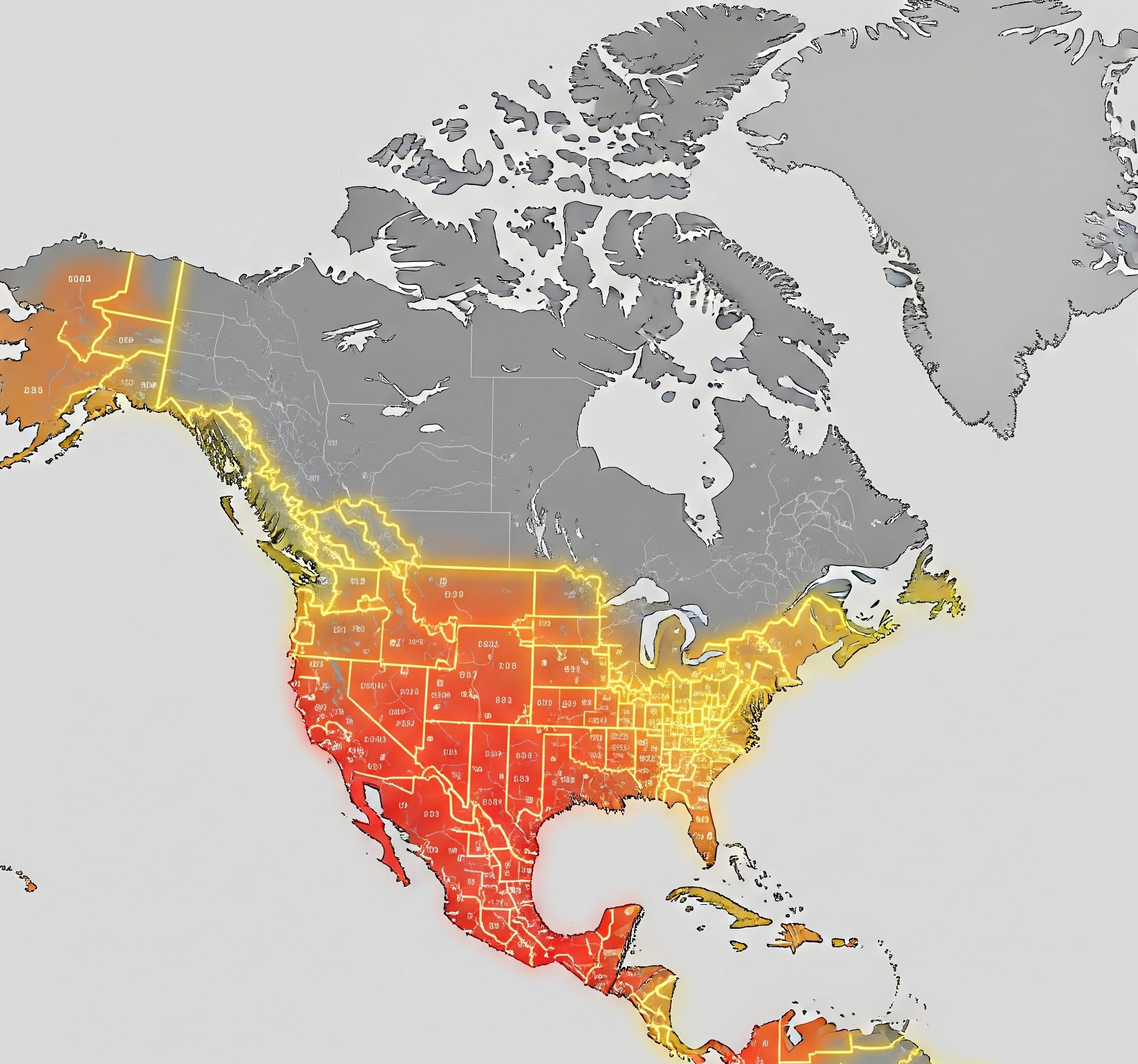
Where You Might Encounter the “796” Prefix
One prominent example of the “796” prefix in action is within California’s famous 213 area code, which serves parts of downtown Los Angeles. As of 2024, new phone numbers with the “213-796-XXXX” format have been activated to meet the demand in this densely populated area. Therefore, if you receive a call from a number with this prefix, you can be confident the call is originating from the Los Angeles region covered by the 213 area code.
Similarly, the “796” prefix can be found in other area codes throughout the United States. The key takeaway is that “796” functions as a local exchange identifier within a larger geographic region defined by the area code that precedes it.
The Future of Area Codes and the Possibility of a 796 Designation
The telecommunications landscape is in a perpetual state of growth. As the population increases and the demand for new phone lines for both landlines and mobile devices continues to surge, the North American Numbering Plan Administrator (NANPA) periodically introduces new area codes.
This is typically done in one of two ways:
- Area Code Split: A geographic region served by one area code is divided into two or more smaller regions, with one retaining the original area code and the others receiving a new one.
- Area Code Overlay: A new area code is introduced to cover the same geographic area as an existing area code. In this scenario, all new phone numbers are assigned the new area code, and ten-digit dialing becomes mandatory for all local calls.
While the 796 area code is not currently on the list of planned future area codes, the possibility of its implementation in the years to come cannot be entirely ruled out. The assignment of new area codes is a carefully managed process based on the rate of telephone number exhaustion in specific regions.
conclusion
while you won’t find a city or state tied to the 796 area code today, understanding its role as a central office code is crucial for navigating the intricacies of our national telephone network. The next time you see “796” in a phone number, you’ll know it’s not a mysterious new location but a vital component of an established area code, connecting communities one call at a time.

